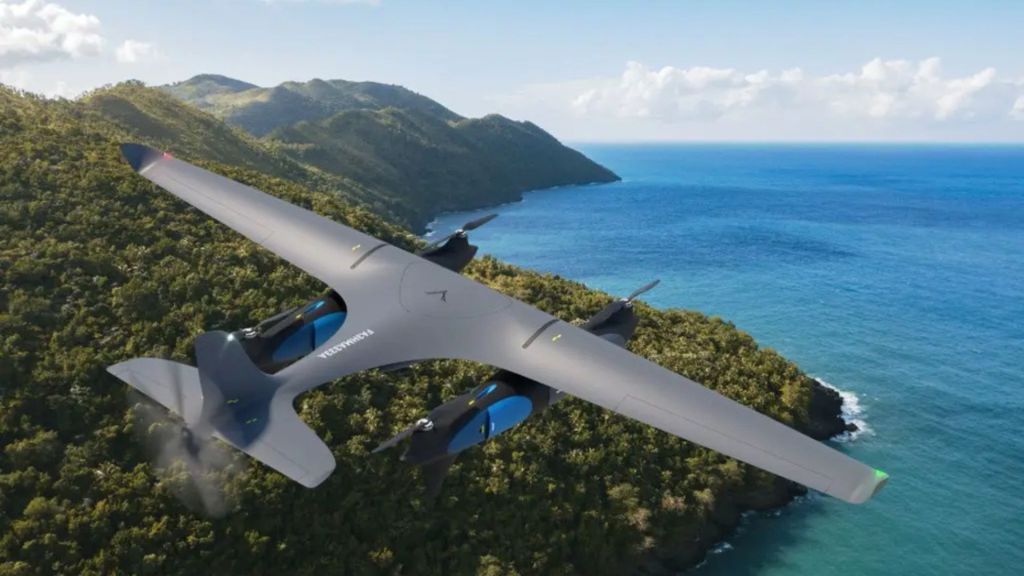
In a significant development in the military drones sector, the California-based Mach Indstraz has announced its cooperation with Israeli drone producers Heven Drnes to build hydrogen drones for the US military.
Together, they aim to produce hydrogen drone drones designed for military use.
This partnership tries to counter Chinese dominance in the drone market by introducing advanced technology that they believe will enhance work capabilities.
Hydrogen drones that have similar surfaces
The proposal center is a new H2D250 drone, which uses hydrogen fuel cells to achieve attractive range and beneficial capacity.
According to reports, the drone can be targeted at a distance of 180 miles from 180 miles, while the warheadings of 22 pounds.
In a recent interview with the defense company, Bension Levinson said companies have set a large production target that has been about 1,000 H2D250 per month, hoping to increase the daily production of 1,000 units in the future.
The investment will use decades of research on hydrogen fuel cells in the United States.
In the 1990s, NASA conducted a series of experimental projects that followed the ability of drones to operate with solar and hydrogen fuel cell technology.
These beta drones are tested by Aerovironment, Inc.
Along with NASA’s efforts, the Maritime Research Office has also investigated hydrogen electricity options in cooperation with military and private sector partners, with the aim of developing practical fuel alternatives for the conditions of the battlefields.
According to the Maritime Research Office, hydrogen fuel cells use thefts that need to be theft.
The processes used in fuel cells produce less noise and work at lower temperatures than the traditional burn engine, which resulted in the heat signs decrease.
Fighting China
In addition, hydrogen fuel cells are significantly useful for their environmental effects.
Water is the only sidewalk of an electromade interaction used to produce energy, which is consistent with the Pentagon’s commitment to reduce carbon release.
Levinson stressed that the development of research has shown that only one kilogram of hydrogen fuel can provide a drone about 10 hours during the flight.
The latest advances in hydrogen fuel cell technology allows managers to implement the complex characteristics of independence in these drones.
This can reduce reliance on human administrators, otherwise they will need to transmit the instructions through channels that will suffer from cyber attacks.
In addition, Heven’s drones have worked on the development of hydrogen fuel stations that can be deployed in remote areas, reducing reliance on supply chains that are likely to be weak to rebuild fuel.
Despite the contractor’s technology, both companies face a significant obstacle.
China is still the main supplier of important components for battery production, including the necessary equipment to develop the drone.
This partnership aims to innovate in drone technology and establish a series of domestic supply for drone structures and systems.
While Mach Indestris and Heven are moving forward with their creative plans, the aid emphasizes changes to sustainable and more advanced military technology when global competition is intensified in the drone market.
As they grow, it is very important for these developments that can shape air capabilities and strategic dynamics in military operations.